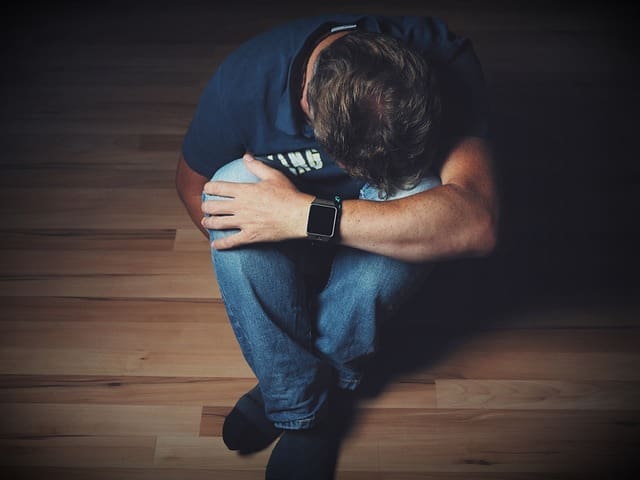Bipolar disorder is a serious mental health condition affecting your function. It can have a huge impact on your life and relationships.
There are four different types of bipolar disorder, and each one has its own set of symptoms. Understanding the differences between bipolar I, II, and cyclothymia will help you get the right treatment.
Mania
Mania is a high mood that can cause problems with work, relationships, and daily activities. It can also lead to risky or reckless behavior, like spending too much money or engaging in unprotected sex. People with bipolar disorder can have delusions and hallucinations during mania. Hypomania describes milder episodes of mania, which may not interfere with their life and do not include psychosis.
Symptoms of mania include feeling overly confident, overly excited, and having a fast-paced thought process. It is common for people with bipolar disorder to take on new projects without the appropriate experience or to make superb decisions, such as seeking publicity for an invention without testing it first. During mania, some people have a decreased need for sleep or may stay up all night without sleeping. Others have hallucinations, which involve seeing, hearing, or smelling things that are not there.
Ask for a mental health evaluation if you or someone you know has these symptoms. It is important to diagnose bipolar disorder because, if left untreated, mania can quickly turn into depression and have serious consequences. Many things, including stress, certain medications, and substance abuse, can trigger mood episodes. Some people may start to have bipolar disorder after a significant event, such as getting married or divorced, having children, or losing a loved one.
Depression
Depression can be a sign of bipolar disorder, often coinciding with or following manic episodes. During a depressive episode, people may feel hopeless and suicidal. They may have trouble thinking, focus on negative thoughts and feelings and have physical symptoms such as a racing heart, tight chest, or ongoing headaches. Depression also can cause people to avoid socializing or to over-indulge in activities such as eating or drinking too much.
Talking with your healthcare provider about your feelings and getting a proper diagnosis is important. Depression can indicate other conditions such as anxiety, attention deficit hyperactivity, substance abuse, or physical illness. Some people who have bipolar disorder don’t experience full-blown mania but do have periods of hypomania or cyclothymia, and some even have episodes with mixed symptoms.
Several things can trigger episodes of mania or depression in someone with bipolar disorder, including stress, sleep changes, certain medications, and other mental health disorders such as anxiety and attention-deficit/
Mixed Moods
When people with bipolar disorder experience mixed moods, it may feel like they’re going back and forth between depression and mania. This can be particularly disorienting when it happens during rapid-cycling bipolar disorder. During a mixed episode, someone might have symptoms of both depression and mania, such as anguish, doubt, rage, and suicidal thoughts combined with racing thoughts, lack of energy, and pressure to perform.
During a mixed episode, it’s possible to meet the DSM-5 criteria for both mania and depression simultaneously, but one of these mood states usually predominates. This can be difficult for a mental health professional to diagnose, and they must rule out other potential causes of depression, such as underlying medical conditions, alcohol misuse, or pharmaceutical or recreational drugs.
Some medications can trigger manic or hypomanic episodes in bipolar patients, including some types of antidepressants. When this occurs, it’s called “bipolar disorder with mixed features.” People who experience these episodes may be at higher risk of suicide, have worse symptoms, or be more difficult to treat. A combination of lifestyle strategies, therapy, and medication can help treat bipolar disorder with mixed features. A mental health professional might recommend cognitive behavioral therapy to address negative thinking, interpersonal and social rhythm treatment for routines, and psychoeducation for family members. If necessary, electroconvulsive therapy can also provide relief during these episodes.
Cyclothymic Disorder
The mood swings of cyclothymia are milder than those of manic and depressive episodes, but they can still be troublesome and disrupt a person’s life. This type of mood disorder involves cycles of low-level depressive symptoms with episodes of hypomania, and the highs and lows can occur in short periods—even within a single day.
Cyclothymia can also be a sign of bipolar disorder, as other disease symptoms often accompany it. A person with cyclothymia typically will have numerous periods of depression and mild mania over two years before a diagnosis can be made.
To diagnose someone with cyclothymia, a mental health professional will examine their family history, personal experience, and current symptoms to determine if they meet the disorder’s criteria. They will also consider lab work to rule out medical reasons for the signs.
Treatment options for people with cyclothymia may include taking mood stabilizers and attending psychotherapy. Cognitive behavioral therapy (CBT) and interpersonal relationship therapy effectively treat cyclothymia. It’s also important for a person with this condition to avoid recreational drugs and alcohol, as these can worsen the symptoms of their mood disorders. Keeping a mood journal can help people who have cyclothymia track their symptoms and notice patterns.
Featured Image by Holger Langmaier from Pixabay




